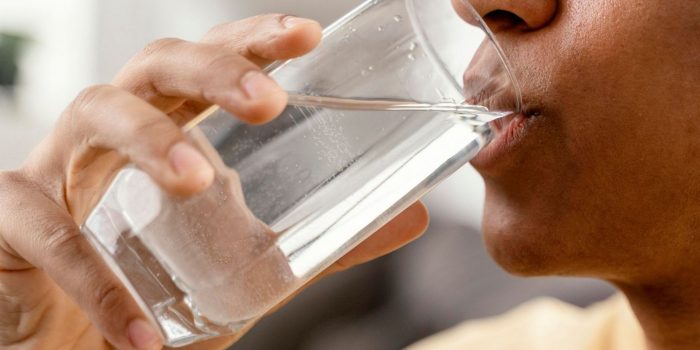Scientists have claimed that they can destroy 95% of two kinds of toxic PFAS chemicals in tap water in under an hour with the help of hydrogen and UV light.
These toxic substances are called “forever chemicals” and they have become rampant in waterways around the world, presenting risks to human health and biodiversity, reports a recent study.
These substances are abundantly found in products such as cosmetics, cookware, and textiles, among countless others.

Degradation of PFAS takes an extremely long time to break down in the water, a problem that has led to global contamination of groundwater, rainwater, drinking water, and other systems. They have also been linked to certain cancers.
Now, scientists at the University of California, Riverside (UCR), have presented ”a promising platform to treat PFAS-contaminated drinking water sources” that uses hydrogen and UV light to obliterate some of these chemicals, according to a recent study published in the Journal of Hazardous Materials Letters.
“We are optimizing it by trying to make this technology versatile for a wide range of PFAS-contaminated source waters,” said study author Haizhou Liu, an associate professor of chemical and environmental engineering at UCR, in a statement. “The technology has shown very promising results in the destruction of PFAS in both drinking water and different types of industrial wastewater.”
At this point, Liu and his colleagues have only tested out the method on two types of PFA—known as perfluorooctanoic acid (PFOA) and ?perfluorooctanesulfonic acid (PFOS)—in small volumes of tap water, measuring about two cups. However, the results were very promising: The effect of the hydrogen “increased the degradation of PFOA from 10% to 95%,” according to the study, “with 95% degradation achieved within 45-min treatment” at room temperature.

“The advantage of this technology is that it is very sustainable,” Liu said. He noted that hydrogen that is introduced into contaminated sources during the process becomes harmless water at the end of the reaction.
“The hydrogen-based polarization technique may be readily applied to other water ionization systems to enhance reductive destruction of PFAS and other contaminants,” the researchers concluded in the study.


